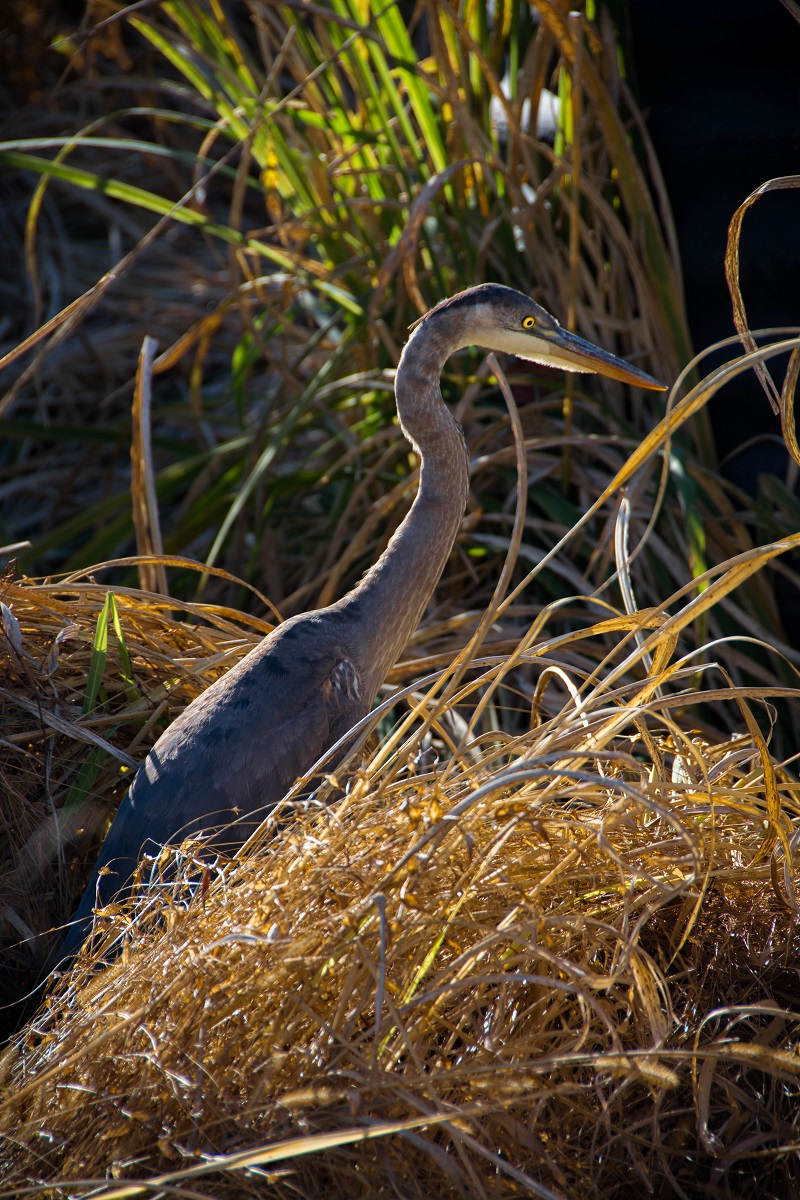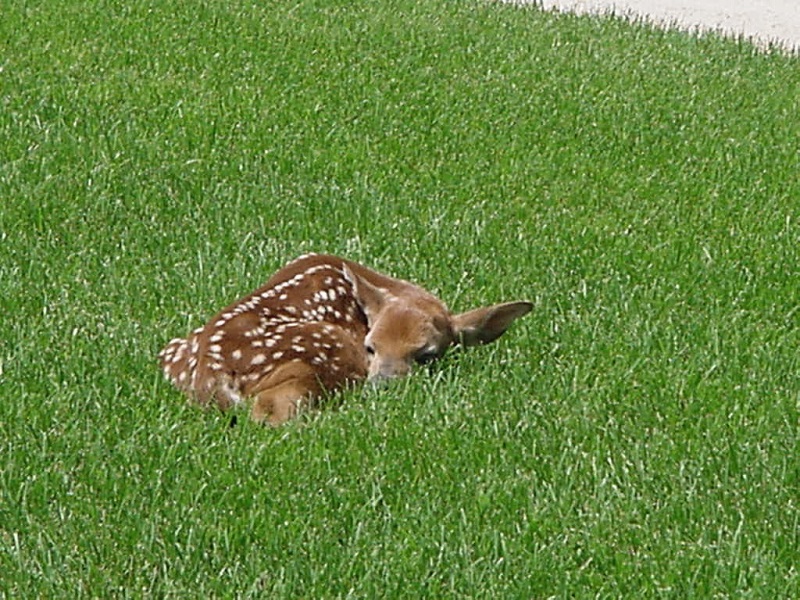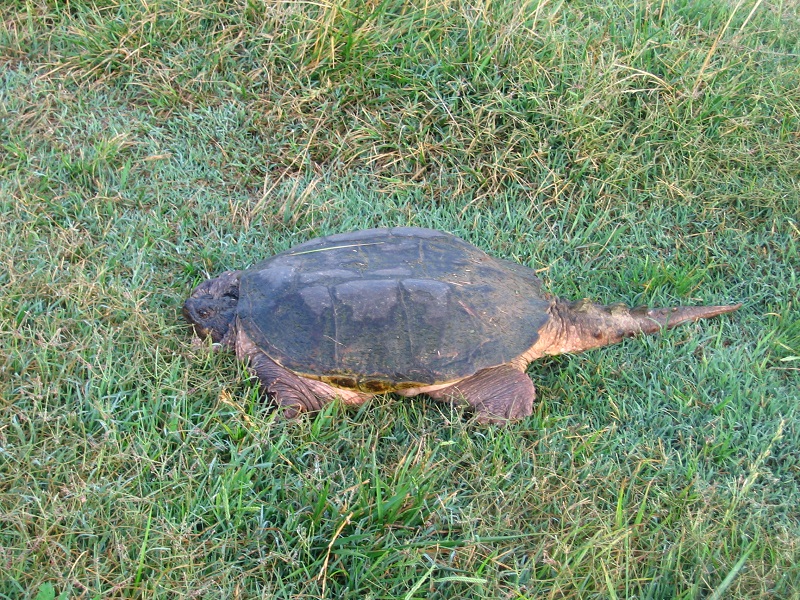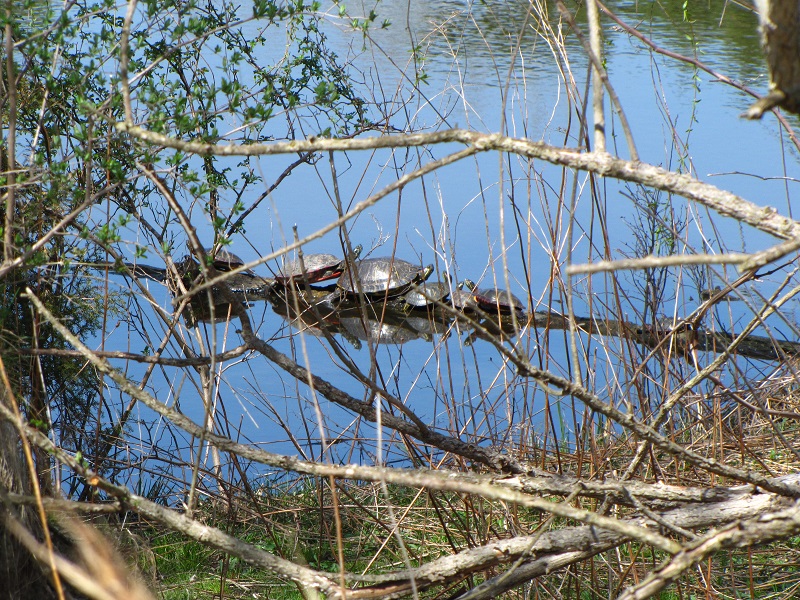Golf courses occupy large acreages, generally in urban areas, providing critical links between urban and rural/natural environments. In addition, golf courses can provide native areas and wildflower areas for native or managed species of pollinators in out-of-play area. Maintaining wildlife and pollinator habitat (as described in the “Pollinator Protection” section of this website) on golf courses better protects biological diversity, which is especially important in the urban environment.
Best Management Practices
- Identify the different types of habitat specific to the site.
- Identify the habitat requirements (food, water, cover, space) for identified wildlife species.
- Identify species on the site that are considered threatened or endangered by the federal or state government, including species the state deems “of special concern.”
- Preserve critical habitat.
- Consult with the Maryland Department of Natural Resources’ Wildlife and Heritage Service Natural Heritage Program to identify and preserve regional wildlife and migration corridors.
- Remove nuisance and exotic/invasive plants and replace them with native species that are adapted to a particular site.
- Maintain clearance between the ground and the lowest portion of a fence or wall to allow wildlife to pass, except in areas where animals need to be excluded.
- Retain dead tree snags for nesting and feeding sites, provided they pose no danger to people or property.
- Construct and place birdhouses, bat houses, and nesting sites in out-of-play areas.
- Plant pollinator habitat in out-of-play areas or around the clubhouse.
- Retain riparian buffers along waterways to protect water quality and provide food, nesting sites, and cover for wildlife.





